If you are considering a gluten-free diet, this easy, straightforward guide will show you how to go gluten-free as a beginner. Learn what gluten is, the symptoms of gluten intolerance, and the best way to start a gluten-free diet that is simple, satisfying, and most importantly delicious!
After you’ve read up on these tips, check out our gluten-free recipes or guide to gluten-free grains to start your journey. If you are like us here at GFB, and are gluten-free AND dairy-free, check out 10 Tips To Going Dairy-Free next!
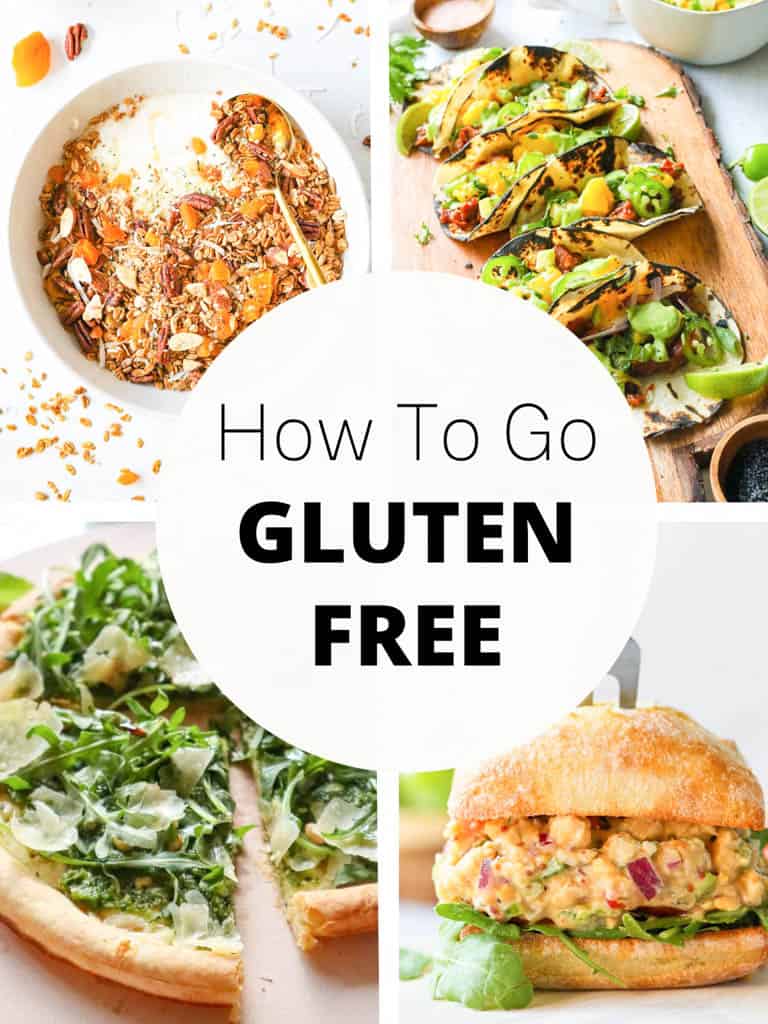
This content contains affiliate links, which help goodfoodbaddie.com to provide free recipes and resources. As an Amazon Associate, I earn from qualifying purchases. Thank you for your support of the blog!
What is gluten?
Gluten is a protein naturally found in wheat (in all its forms including durum, spelt, and semolina), rye, barley, and triticale. It is essentially the glue that holds food together and helps it maintain its shape. It makes bread chewy and is found in foods like pasta, pizza, beer, and soy sauce.
Check out our list of Top Foods To Avoid On A Gluten-Free Diet for a more comprehensive guide to gluten-containing foods.
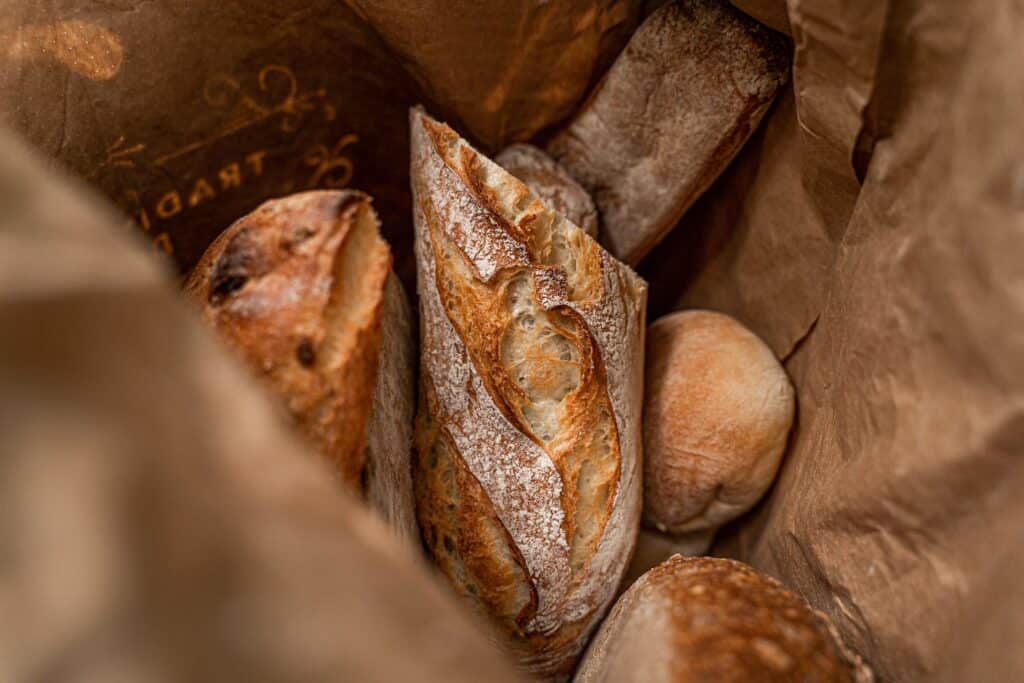
What is Celiac Disease?
Celiac disease is an autoimmune disorder that occurs in your small intestine. When people with celiac disease consume gluten, their symptoms are triggered. They can not absorb vitamins and minerals because their villi (the lining of the small intestine) are damaged.
Symptoms include excessive burping, diarrhea, bloating, constipation, nausea, anemia, fatigue, migraines, and abdominal pain. People with celiac disease are gluten intolerant and must eliminate gluten from their diet to alleviate symptoms.
If you believe you have celiac disease, visit a registered dietitian for a diagnosis.

What is gluten sensitivity?
Gluten sensitivity or gluten intolerance (non-celiac gluten sensitivity) is when you feel gassy, bloated, sluggish, or have stomach pain after eating gluten-containing foods. It is not the same as celiac disease because celiac is an actual auto-immune disorder.
Gluten sensitivity does not have the same impact on overall health in the way celiac does. While a person with celiac disease must maintain a strict gluten-free diet, someone with gluten sensitivity may just need to reduce their gluten consumption.
How do I know if I need to go gluten-free?
There are many reasons to go gluten-free, even if are not experiencing direct symptoms of celiac disease or gluten sensitivity. You may have a wheat allergy, be on a weight loss journey, or trying to increase your energy.
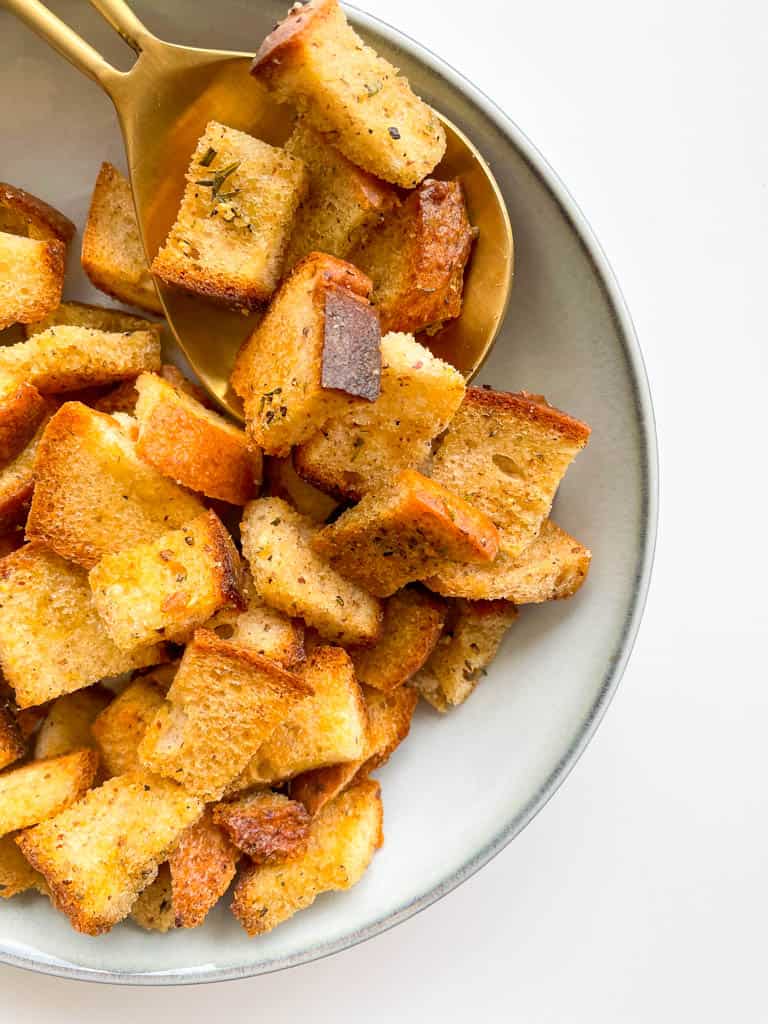
10 Tips for Beginners Going Gluten-Free
1. Eat Whole, Real Naturally Gluten-Free Foods.
This takes the guesswork out of determining if a food is gluten-free. One ingredient foods tend to be naturally gluten-free. That includes fruits, vegetables, unprocessed meats, poultry, fish, beans, root vegetables, and eggs. (Most dietitians advise a balanced diet like this regardless of gluten tolerance.)

2. Read food labels.
Make sure the label says certified gluten-free. There are many times when a product is naturally gluten-free but made in a facility where cross-contamination with gluten can occur.
3. Watch out for pesky ingredients.
Beware of buzzwords and phrases such as “modified wheat starch,” emulsifiers, dextrins, citric acid (can be from fermented wheat), brown rice syrup, barley extract or lipids, food starch, and hydrolyzed soy protein.
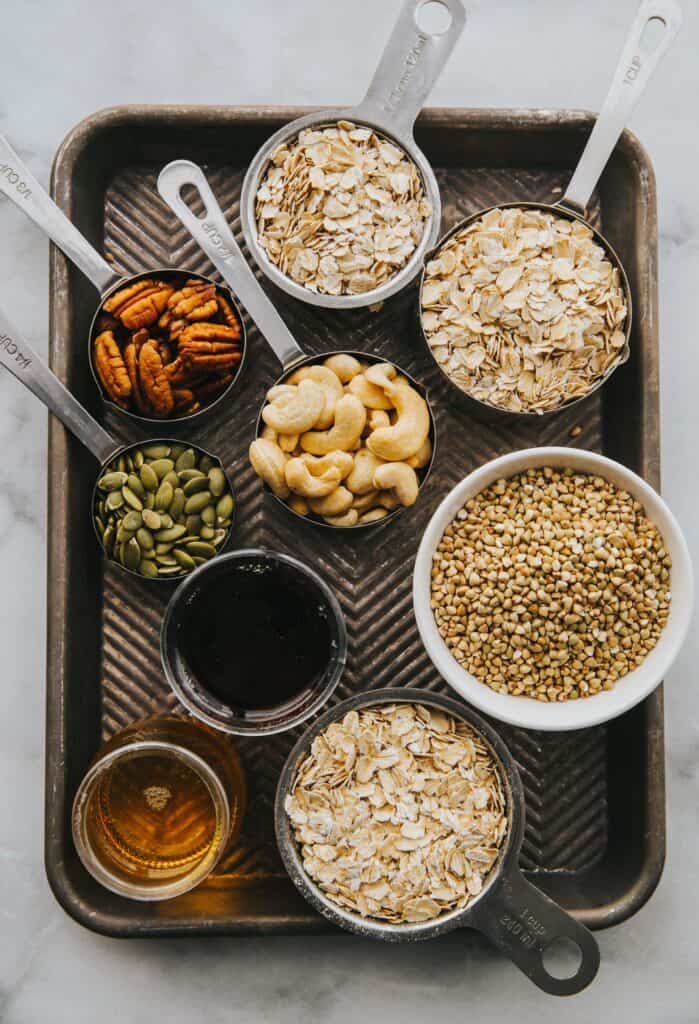
4. Learn to navigate the grocery store.
There is usually a section dedicated to gluten-free goods. And when in doubt, stick to fruits, vegetables, unprocessed meats, and fish. Walking around the perimeter of the grocery store and not through the aisles is a great way to avoid processed foods that contain gluten.
5. Watch out for cross-contamination.
Read the label in order to ensure the product was not prepared on the same surface or facility as gluten-containing products. If you live with someone who consumes gluten, do not share kitchen tools like toasters and sifters. Thoroughly clean shared utensils and avoid nonstick pans because they can absorb gluten. Shared condiments and spreads like butter can also contain crumbs and remnants of gluten.
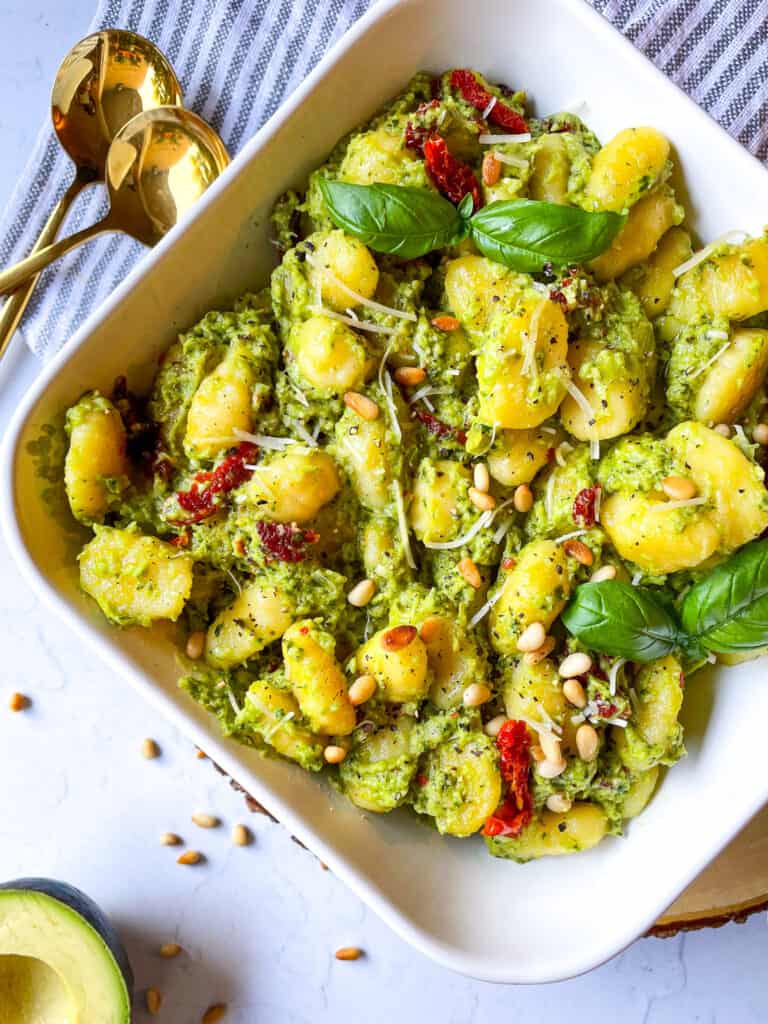
6. Have a few go-to meals that are easy to make and completely gluten-free.
When you have staple dishes you can whip up in just minutes, you always have something gluten-free to eat. Try our Creamy Avocado Pesto Pasta, this easy Brussels Sprout Salad, and crispy Air Fryer Chicken Wings.
7. Avoid alcohol that contains gluten.
Gluten-free cider and beer are always good options. Wine and spirits without any additional flavors added are generally safe to consume on a gluten-free diet. Read the label to learn if any flavorings were added.

8. Try naturally gluten-free grains and cereals.
Quinoa, polenta, corn, millet, tapioca, sorghum, buckwheat, amaranth, and teff are naturally gluten-free grains. These are great substitutes to enjoy daily. For more ideas, check out our Guide To Gluten-Free Grains.
9. Avoid sauces that contain gluten.
Many store-bought sauces or ones made in restaurants are thickened with wheat flour. Make sure to read the label for store-bought sauces or make your own sauce from home. You can also use cornstarch, potato starch, or arrowroot starch as a thickening agent. One of our favorite gluten-free sauces is this easy Homemade Barbecue Sauce.
10. Use gluten-free substitutes to cook with.
There are so many gluten-free flours, pastas, crackers, cereals, and more to choose from! You can still enjoy all your favorite foods without gluten. Check out our list of recommendations below!
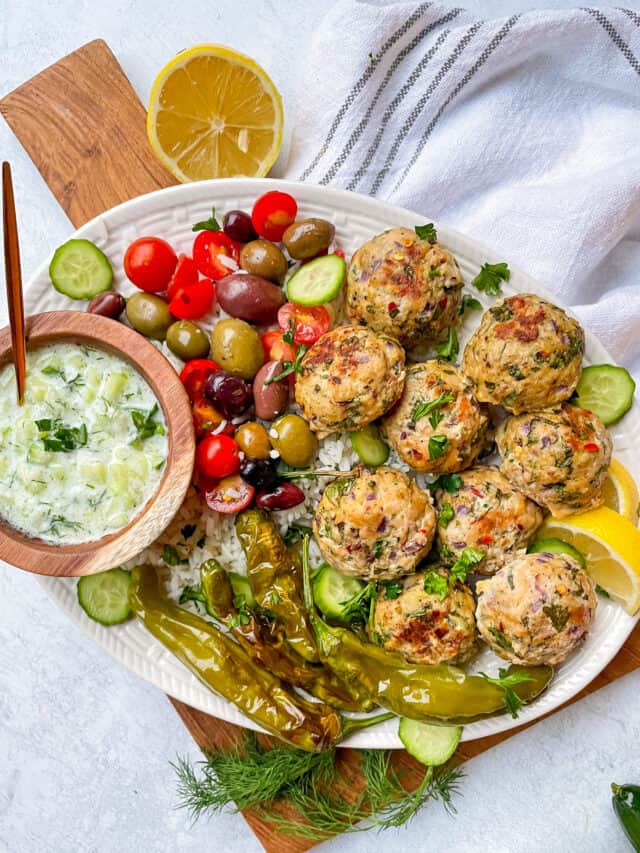
The Top 4 Gluten Sources To Avoid:
- Wheat: Commonly found in breads, pastas, cereals, sauces, roux, salad dressing, soups, and baked goods.
- Barley: Commonly found in malt (mostly in the form of malted barley flour, or malted milk. I.e malt milkshakes, malt syrup, malt vinegar), beer, soups, and Brewer’s Yeast.
- Rye: Commonly found in bread, beer, and cereals.
- Triticale: A hybrid of wheat and rye.
Hidden Sources Of Gluten:
- Soy Sauce and Teriyaki Sauce: These sauces typically contain wheat.
- Salad Dressings: They may contain soy sauce, flour as a thickening agent, or malt vinegar.
- Condiments: Like ketchup or mustard which often contain wheat flour as a thickening agent or malt vinegar.
- Oats: Oats are typically gluten-free but can cross-contaminate with gluten-containing ingredients either by growing near wheat or being processed in a factory with gluten-containing grains.
- Bouillon Cubes or Package Broth: These seasoning agents can contain yeast extracts obtained from barley.
- Sausage: This processed meat may contain wheat fillers.
- Seitan: This meat substitute is made completely from wheat and is therefore not gluten-free.
- Alternative Meats, Prepackaged Meat Products, Deli Meats: Many alternative meats, deli meat, veggie burgers, hot dogs, pepperoni, beef jerky, and more contain wheat as a filler.
- Beer, Lager, Ales: Most contain wheat, rye, or barley.
- Hard Lemonade or Wine Colors: Some contain malt-based fermented alcohol.
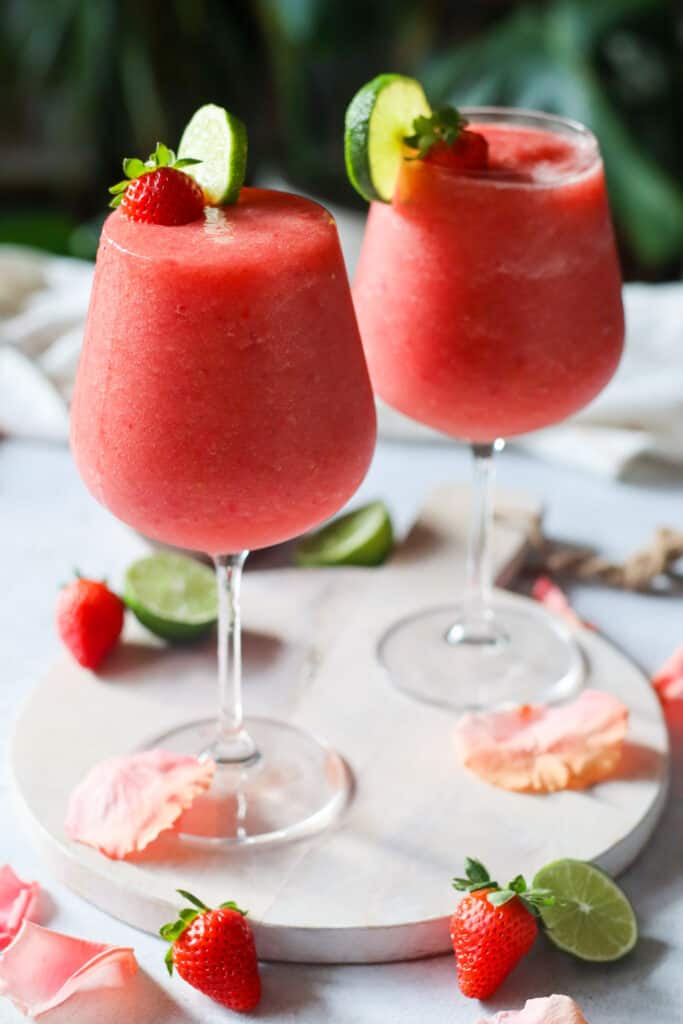
EASY GLUTEN-FREE SWAPS
Once you stock your kitchen with gluten-free options, it’s much easier to maintain a gluten-free lifestyle.
- COCONUT AMINOS – instead of Soy Sauce (Like Dr. Braggs Coconut Aminos)
- GLUTEN-FREE BREAD – instead of regular bread (Like Canyon Bakehouse Gluten-Free Bread)
- GLUTEN-FREE PASTA – instead of regular pasta (Like Taste Republic Pasta Noodles)
- GLUTEN-FREE PIZZA CRUST – instead of regular pizza crust (like Banza Chickpea Pizza Crust)
- GLUTEN-FREE ALL PURPOSE FLOUR -instead of regular flour (Like Bob Red Mill 1:1 All Purpose Flour)
- Check out our shop for my favorite gluten-free products!
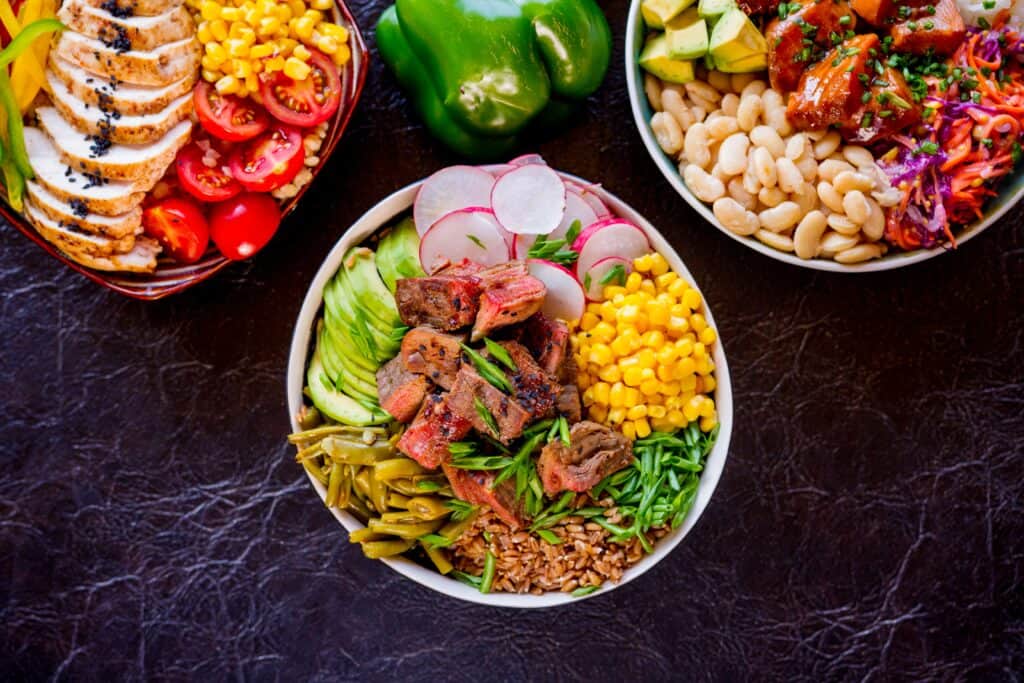
I hope your gluten-free journey is enjoyable! If you have any questions or comments, feel free to leave a comment below! Don’t forget to connect with me on INSTAGRAM and PINTEREST, for your daily dose of healthy, delicious dairy-free and gluten-free recipes!
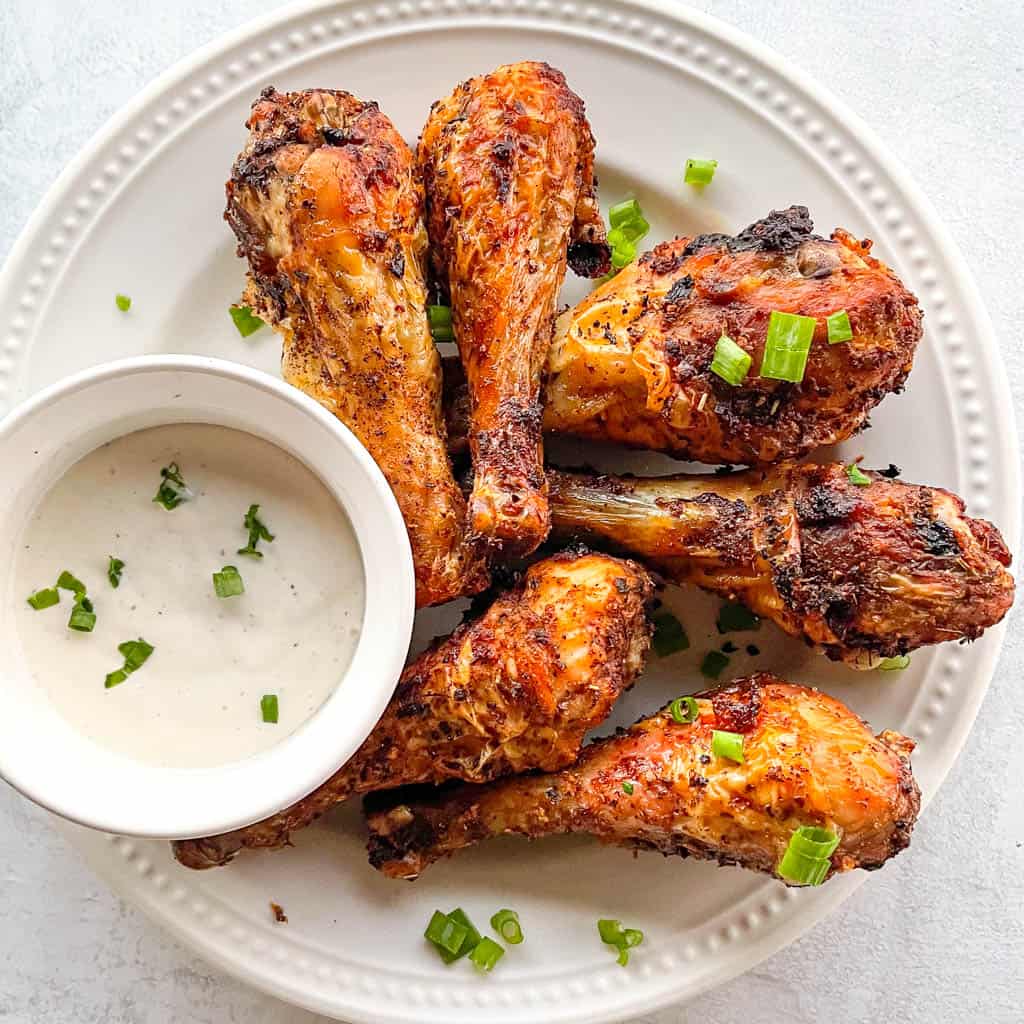

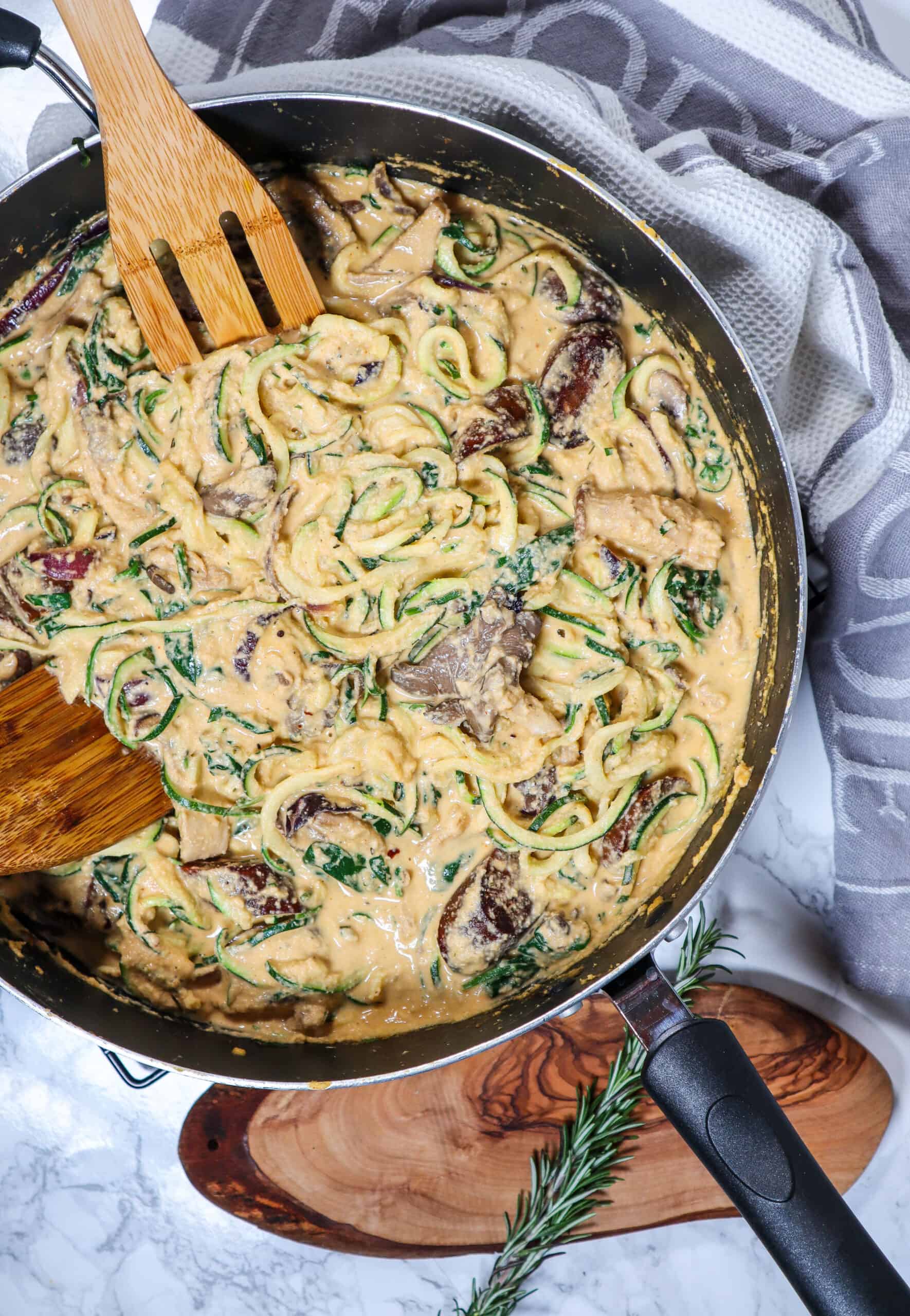
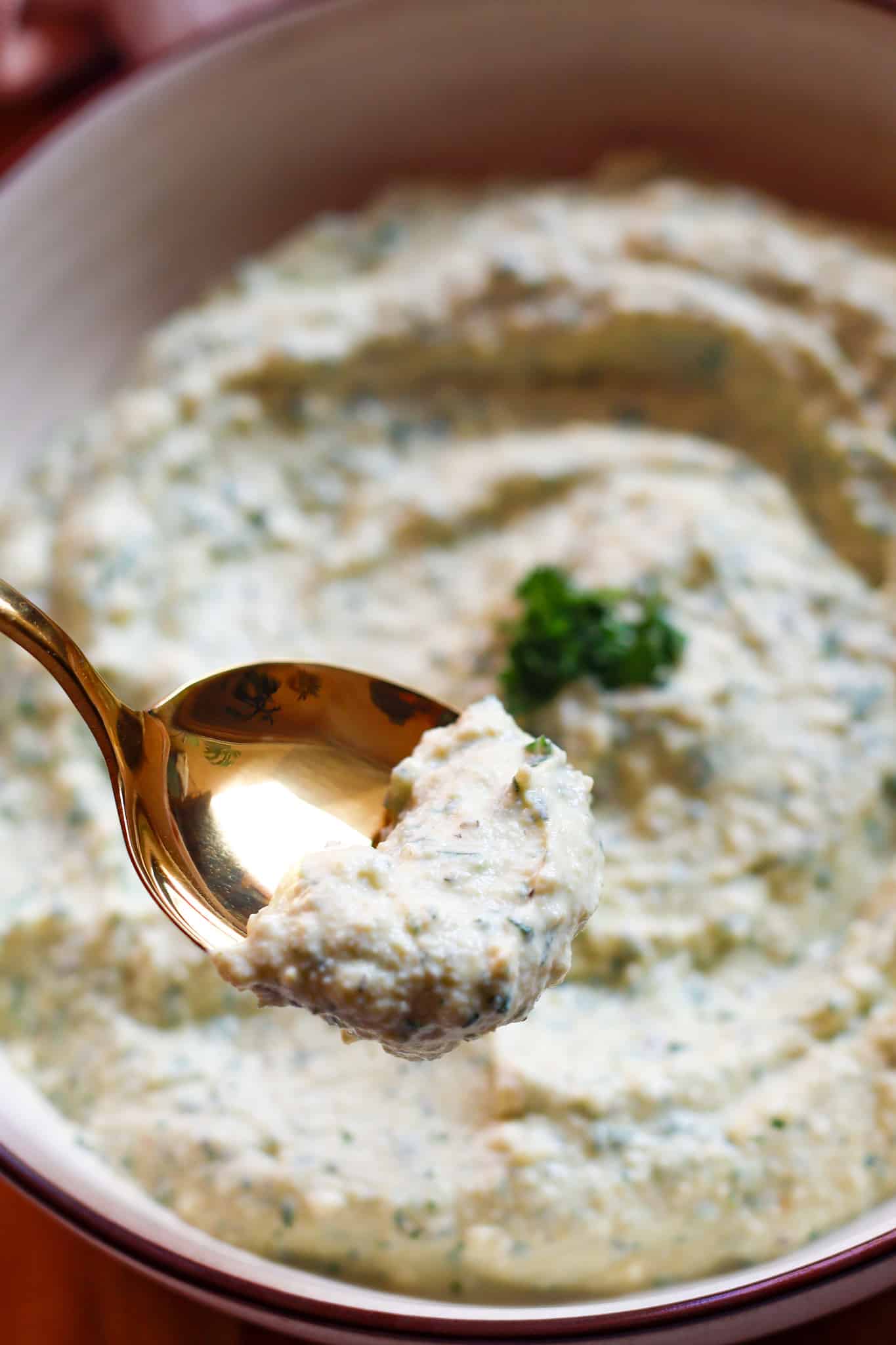
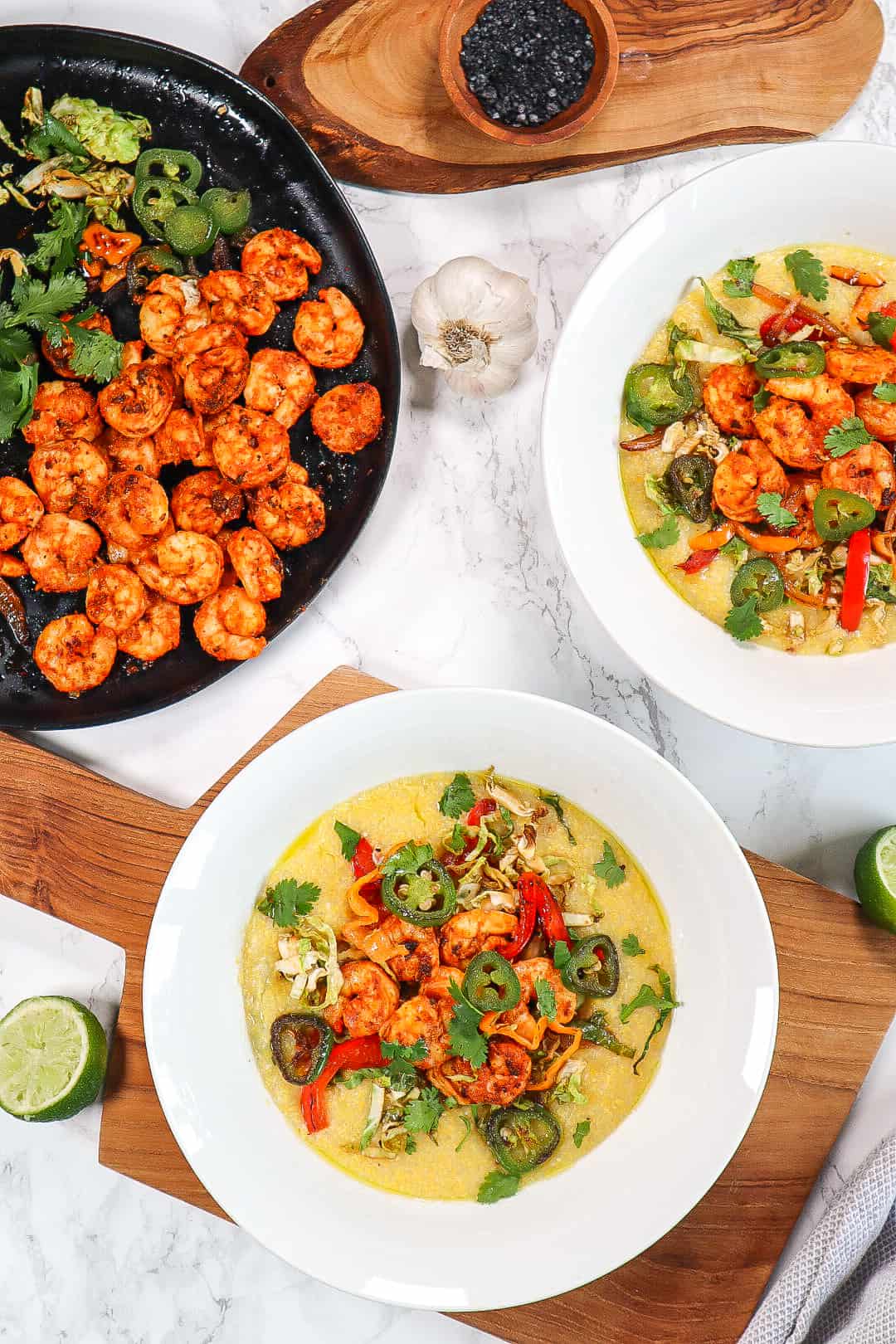
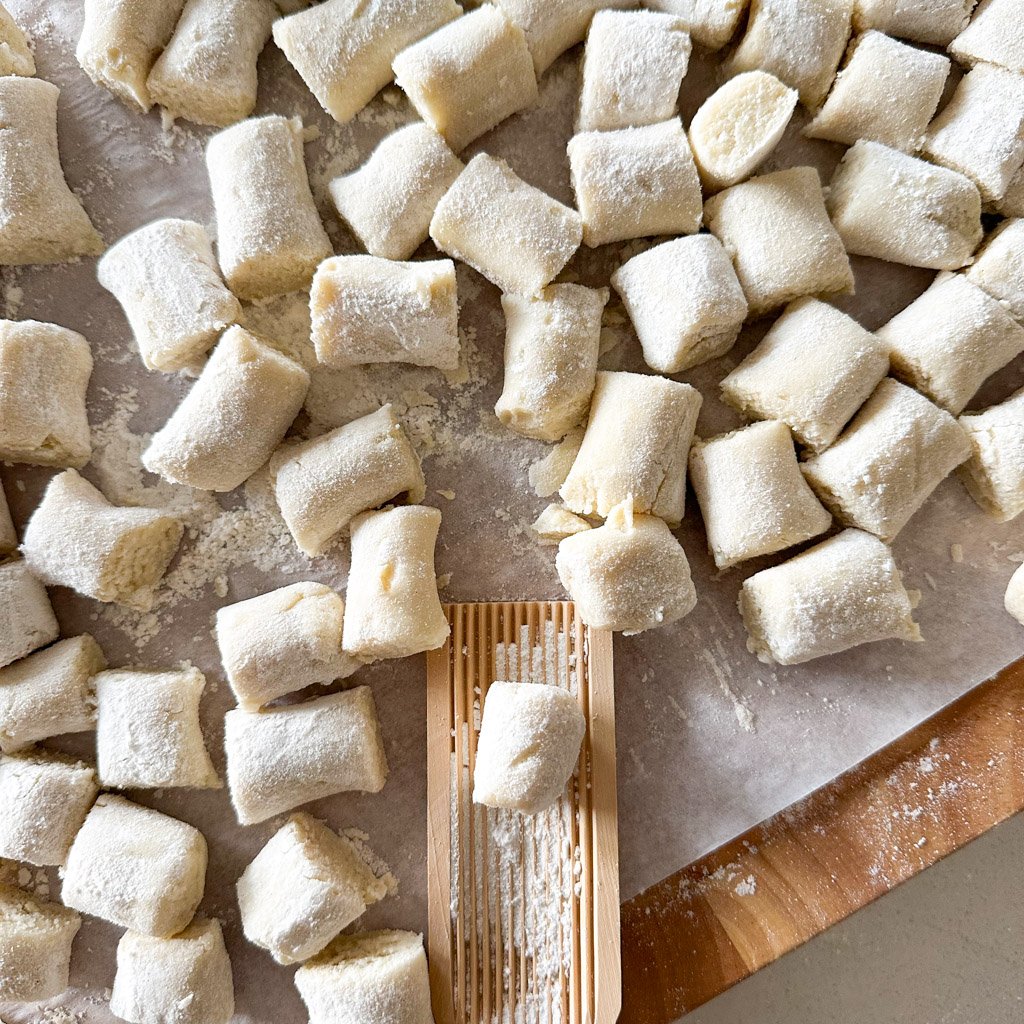
Great info! Especially the hidden sources of gluten